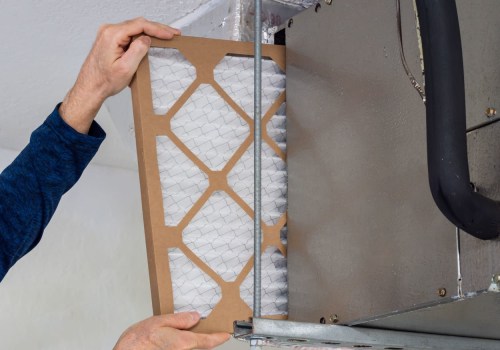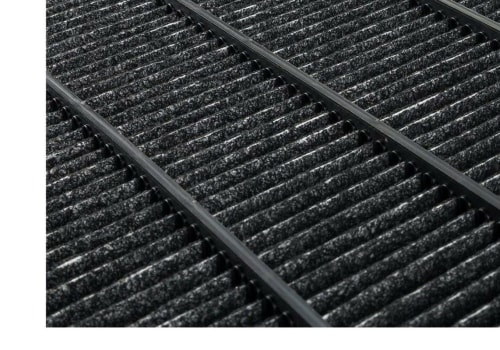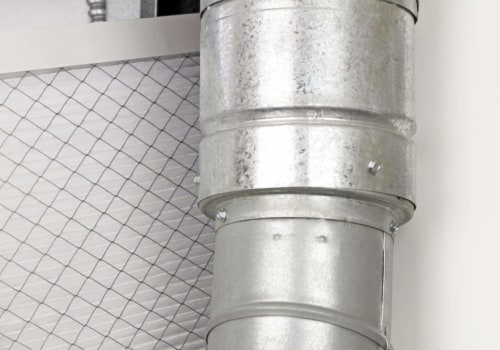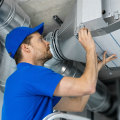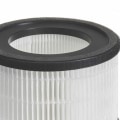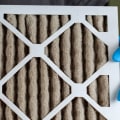If you're looking for ways to protect yourself and your family from the novel coronavirus, you may be wondering if a MERV 11 filter can help. The answer is yes, but it's important to understand how these filters work and what they can do. MERV stands for Minimum Efficiency Reporting Value, and it's a rating system used to measure the effectiveness of air filters. The higher the MERV rating, the more efficient the filter is at capturing particles and contaminants in the air.
HEPA filters are the most efficient for residential or commercial use, followed by MERV 13-16 filters. The virus itself is too small for many filters to pick up, but it's mostly attached to other things in particles large enough to be filtered out of the air. A MERV 11 filter can capture particles that are 0.3 to 1.0 microns in size, which includes bacteria, mold spores, pet dander, and other allergens. It can also capture larger particles such as lead, humidifier dust, nebulizer dust, charcoal dust, legionella, insecticide dust, copier toner, sneeze cores, car fumes, and bacteria.
If you want to filter the air in your home to improve indoor air quality and perhaps eliminate any coronavirus that is floating around, you should look for a filter with a higher MERV rating. The most commonly used filters are in the MERV 13-16 range, which will capture everything mentioned above. Alternatively, you can upgrade the ventilation system itself, making it suitable for at least MERV 13 filters. It's important to note that if chemical disinfectants are used with an HVAC system, they should only be applied with the system turned off. In addition, disinfectants should not be applied to ventilation filters before continuing to use them within ventilation systems.
The effects of disinfectants on filter performance are unknown. UV systems are also quite effective at maintaining the cleanliness of HVAC coils, drain pans, and other damp surfaces. These systems generally require more lamps so they can provide significant UV doses in a short period of time. A typical one-pass inactivation efficiency is 85%, just like a good particulate filter. Another way to install UV is in a “top air” configuration. Specially designed wall-mounted fixtures create an irradiated area above the occupant and disinfect the air in the space as it circulates naturally or through the HVAC system.
CDC has approved this type of system for use in tuberculosis control for nearly 20 years. Mobile UV systems are also frequently used for terminal cleaning and surface disinfection in healthcare facilities and other spaces. However, these systems are usually used in unoccupied spaces due to occupant exposure concerns. The design and sizing of effective ultraviolet disinfection systems can be a complex process due to the need to determine the dose delivered to a moving air stream or to an irradiated region of a room. Accredited manufacturers and system designers can help by making the necessary calculations and designing specific systems for individual spaces. In general, finding a filter with a higher MERV rating will correlate with greater efficiency in capturing particles and contaminants in the air. One of their recommendations is to use air cleaners with at least a MERV 13 rating or a higher HEPA rating when possible. For the European standard, a True HEPA filter will filter the air and capture at least 99.95% of 0.3 micron sized particles.
But if the filter has already captured the virus, it will die long before the filter is changed. MERV 16 is the highest filter you can buy, but your air conditioning system may not be able to do it. So if you're looking for ways to protect yourself from coronavirus, using a high MERV filter can undoubtedly help reduce its spread in your home or office environment.
